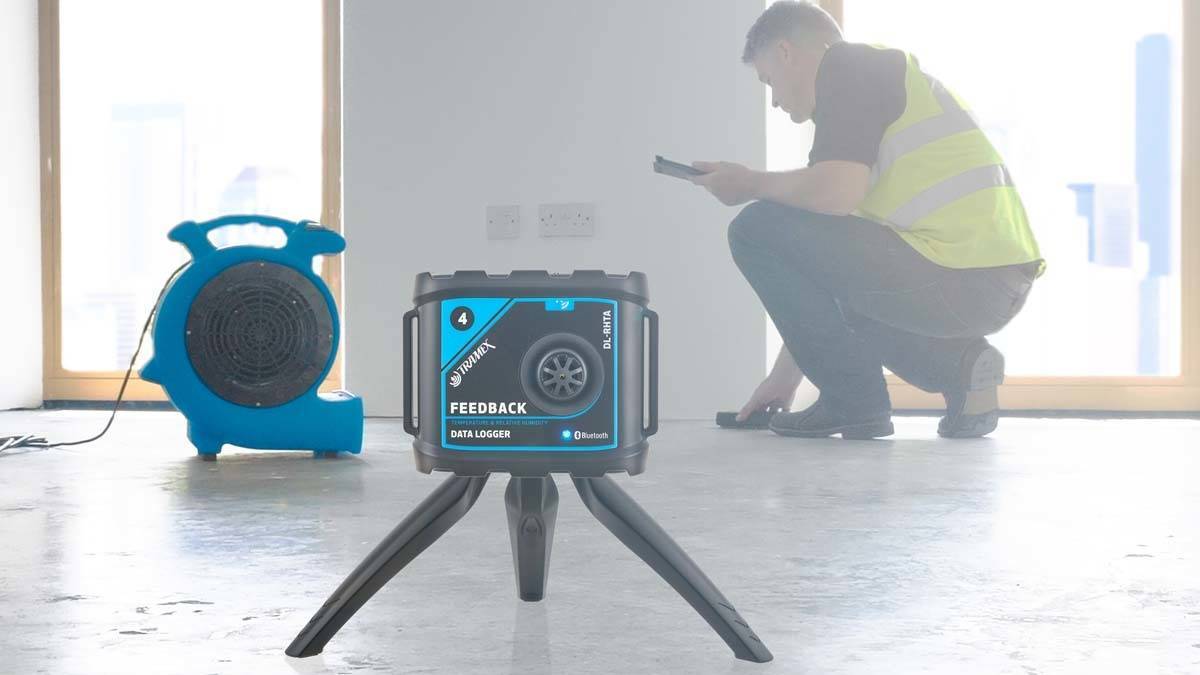
Remote monitoring has been a buzzword in the restoration industry for a several years. In case anyone reading this is not familiar with it, remote monitoring means setting up sensors on site so that data can then be viewed with a mobile device or computer in real time. Most remote monitoring systems focus primarily on measuring Relative Humidity and Temperature but can also include Dew Point, Grains Per Pound and Equilibrium Moisture Content readings. Some systems can even be set up to turn on and off drying equipment remotely or under pre-set conditions. The enthusiasm for this technology is understandable due to the system’s ability to continually monitor the ambient conditions, day and night, around the clock, from a phone or a computer. However, as is sometimes the case with new technology, the experience does not always match the expectation. In the case of remote monitoring, there has been some disappointment and that is partly due to the complicated process of setting up the equipment and the often limited information actually obtained from it.
Recently a manager at a large restoration company described how they tested a remote monitoring system and then rejected it, mainly because it was sold to them as a replacement for a qualified technician. Their conclusion, understandably, was that the information they could gain from the system did not match the value of the information they could get from a trained technician on a site visit. No doubt the remote monitoring system produced valuable information, but that information came at considerable expense, when you include the cost of the equipment, the monthly expense of using it and the cost of training technicians in the complicated process of setting it up. It is certainly very useful to have systems to monitor the ambient conditions in order to ensure that ideal drying conditions have been achieved and are maintained, but this is only part of the picture.
Ambient conditions are only some of the variables that need to be observed. And when these variables are the only ones observed, it is too easy to miss things that a trained technician would be very quickly able to spot. For example, without combining the ambient conditions with updated moisture mapping information, it is possible that some areas of the water damaged building will be over dried while others remain damp. Whereas they may not be apparent from the data collected from ambient readings alone, a trained technician could spot such discrepancies immediately, and focus drying to most needed areas, thus optimizing drying time and costs. Fortunately, the Water Damage industry in the United States is in good enough shape that the necessary investment in training technicians is considered essential. The fact that the above-mentioned restoration company considers the role of technicians important and can afford do things properly, should really be appreciated.
By Andrew Rynhart
(This article first appeared in the May 2018 edition of Restoration and Remediation Magazine) [View the article in the digital issue of Restoration and Remediation Magazine](http://digital.bnpmedia.com/publication/?i=493538&ver=html5&p=46#{%22page%22:%2246%22,%22issue_id%22:493538} "")